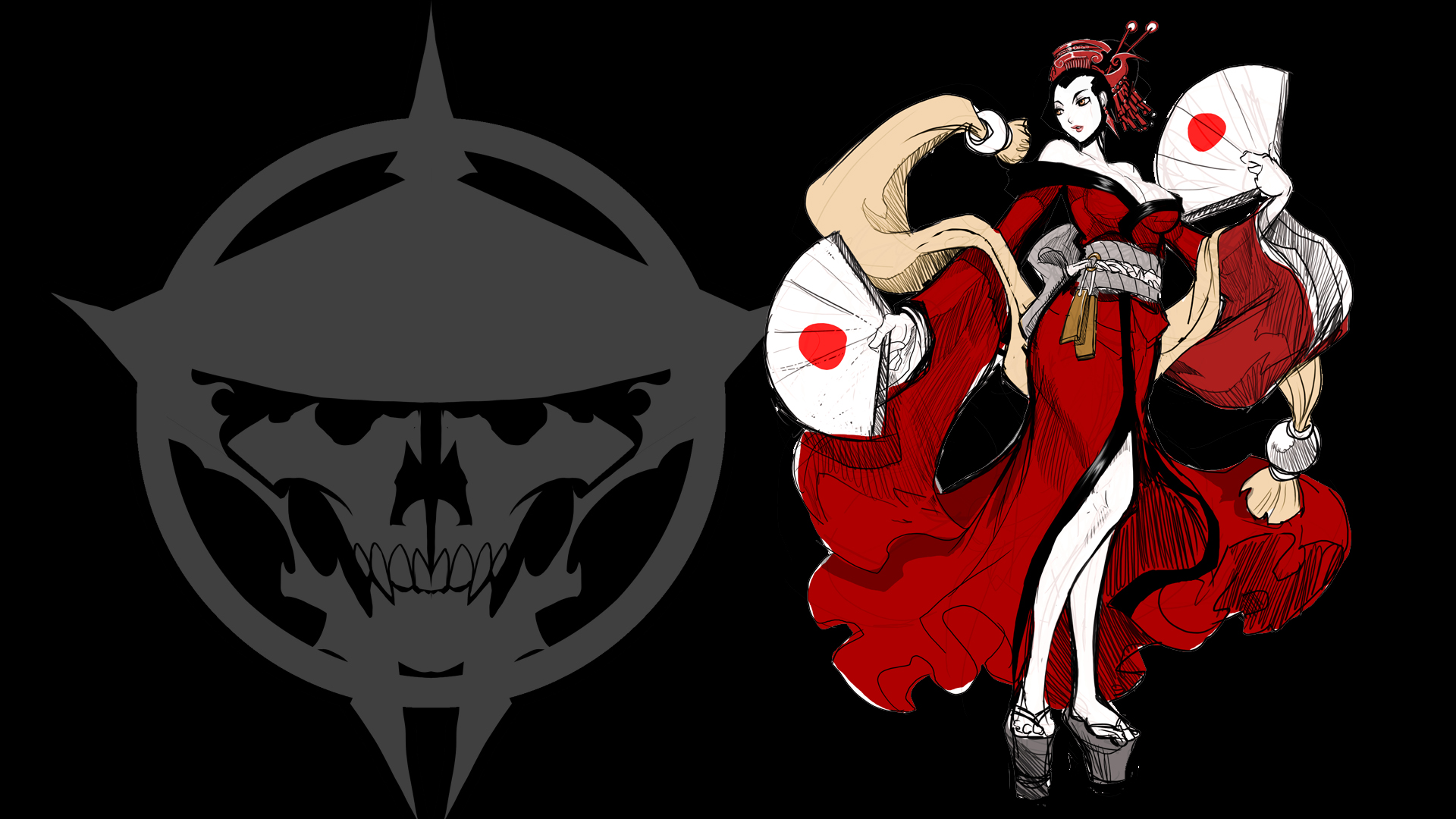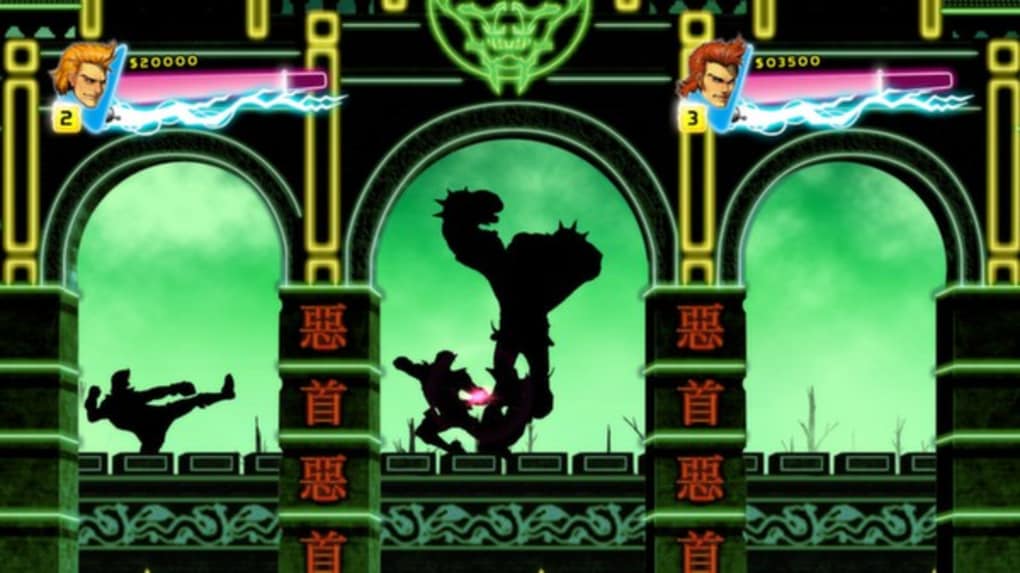

It checks off every box for this kind of programming – an overly descriptive theme song, sub-par animations, and the villains trying another unrelated scheme to forward their entirely nebulous evil ends and being defeated and humiliated every time because in 20th century television nothing was ever allowed to build up to anything meaningful. Overall the series would be mostly indistinguishable from other shows of its ilk if not for the familiar names.

Virtual reality as it was widely imagined in the early 1990! The big bad, Nightfall, is a creepy shadow creature with seriously bad hair, who keeps people’s souls in a snow globe. It is structured very much like a standard Marvel superhero story, complete with typical Marvel super villains – Superluminal is basically an evil Flash with his superhuman speed and the skin-tight spandex covering his entire body and face, Exoskeleton has huge mechanical arms strapped to his shoulders, and Stealth has fluctuating rectangular glitches float around her all but naked body that allow her to impersonate people and turn nearly invisible. In contrast to their output in high profile licenses like Star Wars, Marvel didn’t bother trying to step out of their comfort zone too far for Double Dragon.

Technōs wasn’t really involved with any of them, but there seems to have been some information flow in whatever direction – the Marvel comic book tie-in first introduced Marian as an undercover cop who was captured by the gang she was infiltrating – a plot point later found on the box of Return of Double Dragon. In the early 1990s, US licensor Tradewest tried to turn Double Dragon into a big multimedia franchise, resulting in a wide range of tie-ins.


 0 kommentar(er)
0 kommentar(er)
